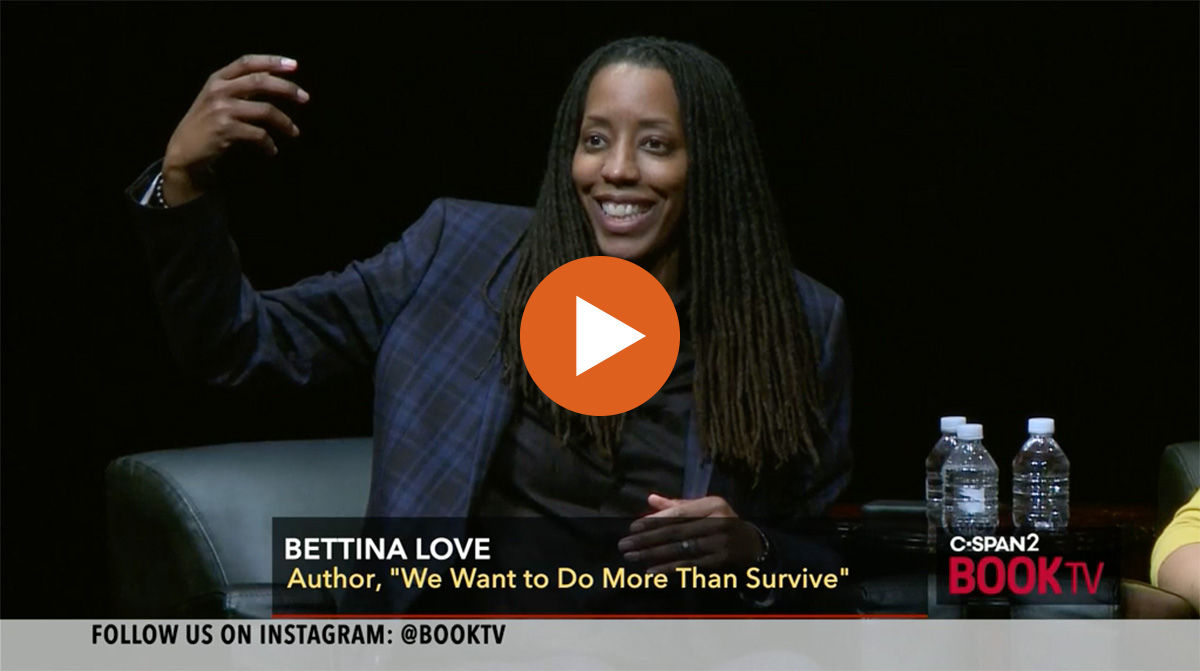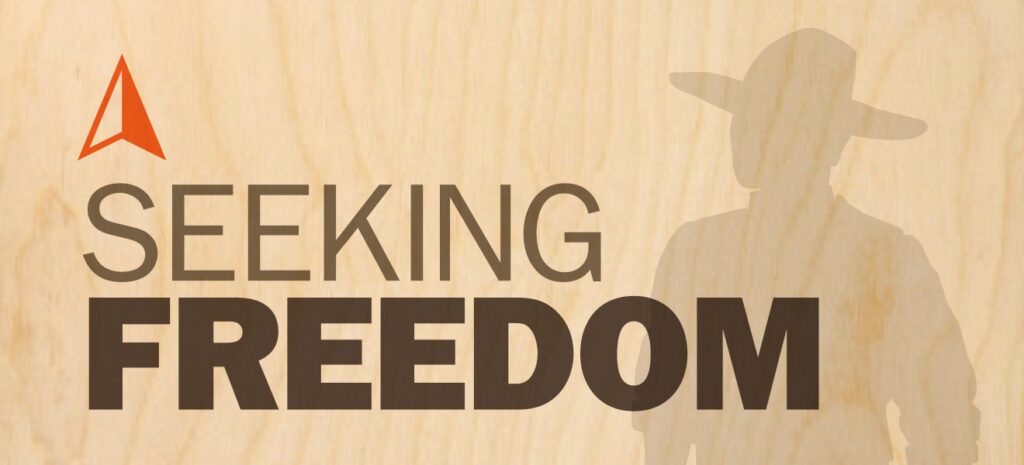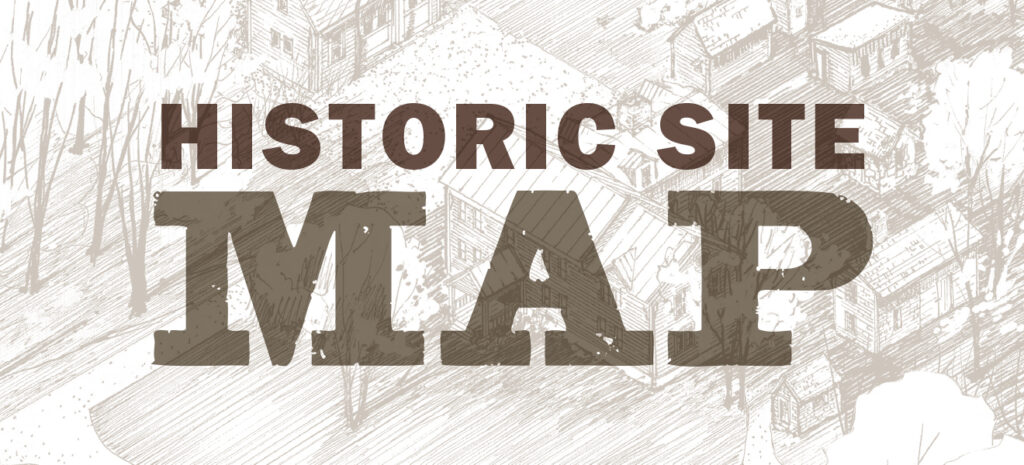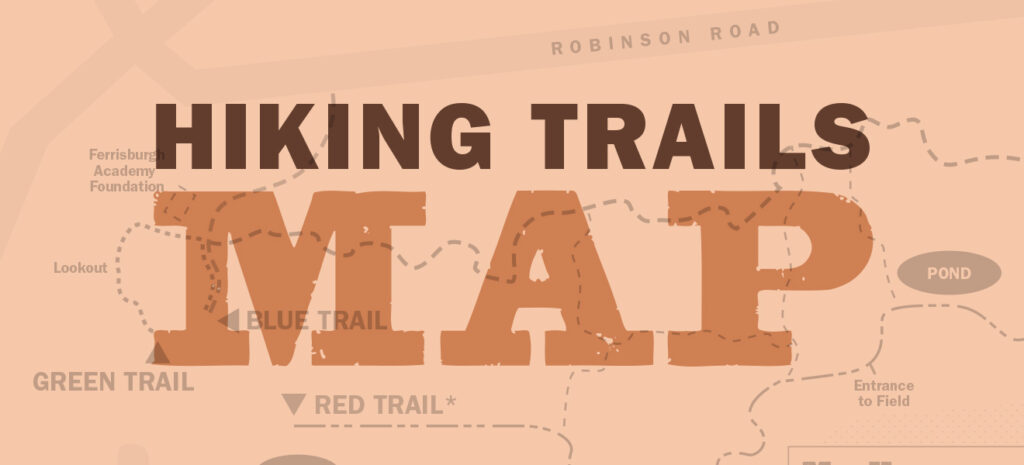From Vigil to Protest: Where Next?
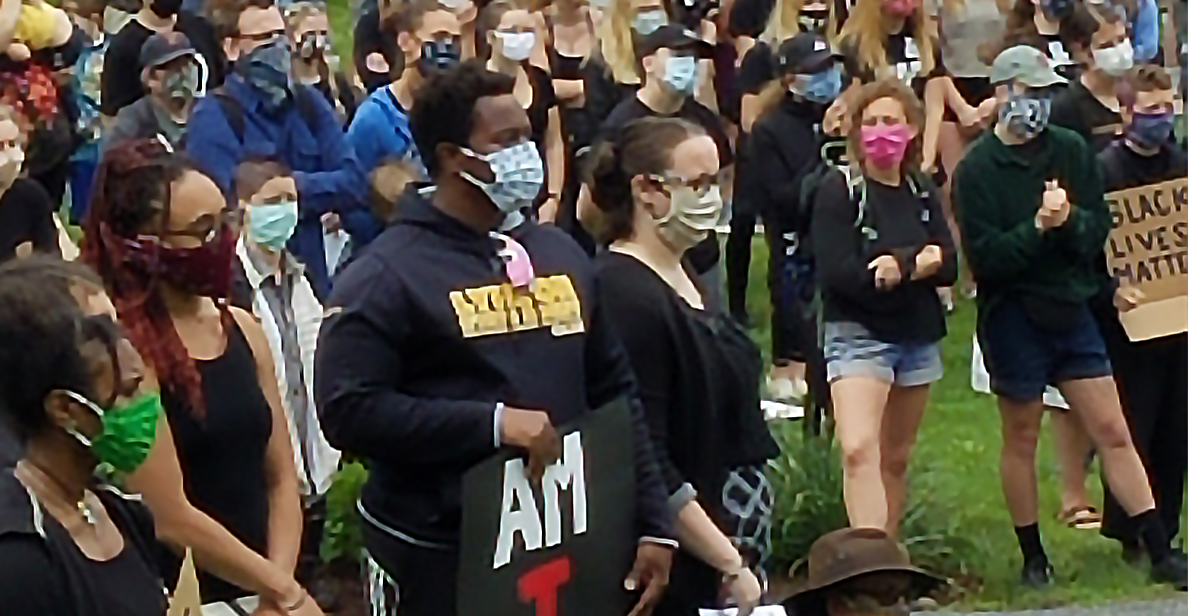
by Mary Holland, Rokeby Museum Trustee
At Rokeby Museum we have embarked on the challenge of adding advocacy for social and racial justice to our mission. In light of renewed efforts to disrupt and dispel white supremacy after the murder of George Floyd, I have been thinking about what this means. Much of my reading has been helpful, but nothing so much as the words of Bettina Love in an interview just over a year ago.
A professor of education at the University of Georgia, Dr. Love’s writing, research, teaching, and activism meet at the intersection of race, education, abolition. In a 2019 interview (see excerpt below), she responded to a question about the role of whites in the movement by drawing a compelling distinction between allies and co-conspirators. Allies, she said, read the books, go to the meetings, attend rallies, know the rhetoric, provide financial and moral support. They are important, but they are not co-conspirators. Co-conspirators, she argued, do something more—they put themselves and their privilege on the line. They use their whiteness and spend their capitol.
The first examples of co-conspirators that Dr. Love pointed to were the white abolitionists who aided and abetted over 10,000 African-Americans who used the infrastructure of the Underground Railroad to escape enslavement. It was a system based, she argues, on trust. And it was a system that required white co-conspirators to take risks and spend capitol.
So abolitionists Rowland and Rachel Robinson, the second of four generations of the Robinson family at Rokeby, were co-conspirators. They opened their house and their farm to the fugitive enslaved. They refused to purchase products that could be traced to the labor of the enslaved. If in this century, Rokeby is successful it will be because, drawing on their example, we find ways to turn allies into co-conspirators.
Two distinct gatherings
Dr. Love’s distinction came to mind again when I tried to articulate the difference between two gatherings I attended in the first days after George Floyd’s murder. Why was one so much more powerful than the other?
The first was a vigil in Middlebury on June 5th. There was a good turn out. Most of us were white and of a “certain age.” There was a small number of black folks and younger folks. We stood silently wearing our masks, keeping our distance from each other, holding signs with the familiar and unfamiliar names of African Americans killed by police in recent years. The name I carried was Freddie Gray’s and I felt a connection. I was in Baltimore when he was murdered and heard from a safe distance the sirens all night as protests I did not attend grew violent. That afternoon in Middlebury, there was no violence. There were no speeches. Through masks it was hard to keep up a chant. We were doing the important work of bearing witness. But I came away sad and defeated.
Then I went to the “Honour Their Names” gathering in Montpelier on June 7th. I came away several hours later feeling inspired and humbled. Why was this so different? Many reasons. It was described as a protest. It was organized by two young black women, Noel Riby-Wiliams and MaryAnn Songhurst. There were 5,000 people with a significant, visible and vocal number of people of color. The program began with the acknowledgement that we were on land stolen from Native Americans. There were speeches—fierce, challenging, moving speeches. By design, all the speakers were people of color. By my best guess, none was over 40. A fourteen-year-old held the crowd spellbound. A seven-year-old boy spoke briefly and said, “I am scared. I don’t want to be scared. I want to live.” This was inspiring.
Why was it humbling?
Because the organizers and speakers did not pull their punches. They spoke truth to the power of their primarily white audience. They made us uncomfortable. Even physically uncomfortable. Before the speeches started, everyone in the crowd was asked to take a knee for the 8 minutes and 46 seconds George Floyd struggled for his life under the knee of the white police officer who murdered him. There was not a sound. It was agonizing. That is a long time to kill someone. That is a long time to die.
Later, one of the speakers asked the white audience to step back and for the people of color to move forward. We were taking up too much room; we were centered in the space. Finally, the whites in the crowd—and only the whites—were asked to take one of two postures. Either lie on our backs, as George Floyd lay on his back under the blue uniformed knee. Or lie on our stomachs as Breonna Taylor lay in her bed sleeping when murdered by police with a no-knock warrant in Louisville. Until I could no longer see, it seemed that every one was complying. Then the speaker spoke over us to her people for many minutes until we were released. These were symbolic gestures, of course. But they were also extremely powerful and made all the difference.
So what does this have to do with allies and co-conspirators?
In one very narrow way, everyone in both settings was a co-conspirator. In the midst of a pandemic, we defied public heath guidelines. In doing so, we took risks; we put our health if not our lives on the line. In a broader and much more important way, in Middlebury I felt I was an ally. In Montpelier, I felt as if I was being taught how to be a co-conspirator.
I hope that Rokeby Museum and I can both find our ways to being strong and consistent co-conspirators in the necessary dismantling of white supremacy in our communities and our nation.

Mary Holland is a trustee at Rokeby Museum and lives on the Lincoln/Bristol line. Before retiring, her career in higher education spanned teaching and administration.
Photo at top by Mary Holland: “Honour Their Names” protest in Montpelier, VT on June 7, 2020.
 Rokeby Museum
Rokeby Museum